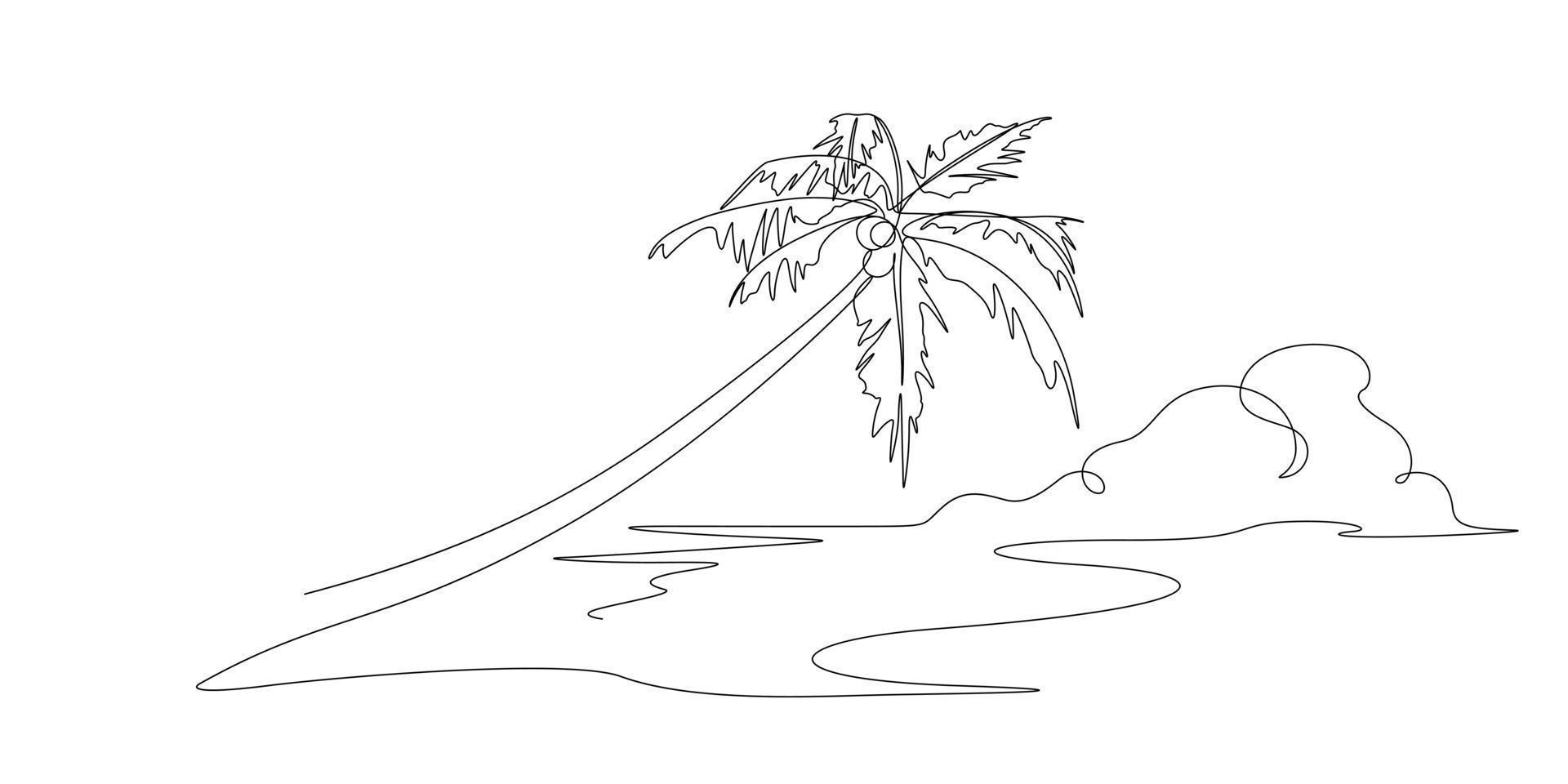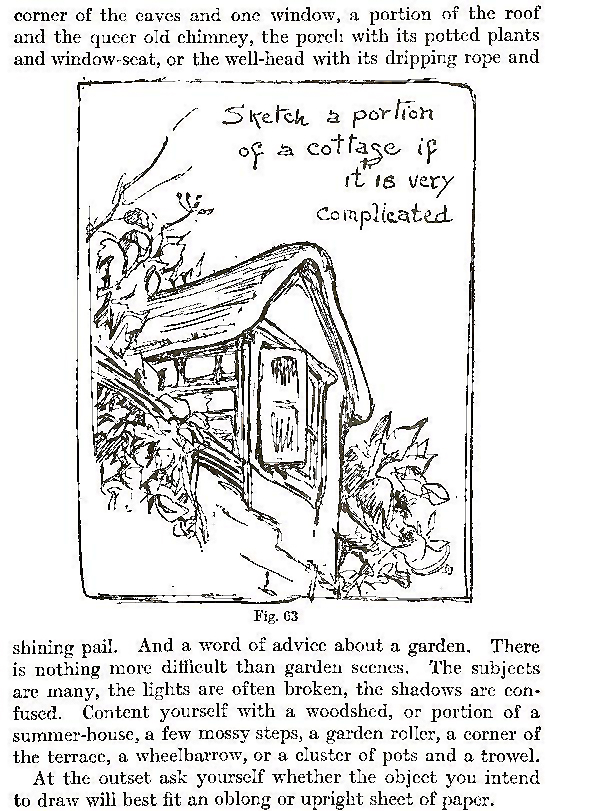Drawing Scenes
Drawing of the scenes depicted on the Hasanlu Gold Bowl. Iran

Download scientific diagram Drawing of the scenes depicted on the Hasanlu Gold Bowl. Iran National Museum Photo Ali Sadraei Sara Fereiduni . from publication A new approach to the Hasanlu The Weapons on the Hasanlu Gold Bowl Different kinds of weapons including daggers or swords bow and arrow are depicted in various scenes in the lower and middle registers of the Hasanlu bowl. These figures are shown in the hands of the figures or individually Fig. 1 . Fig. 1 The decorative scheme of the Hasanlu bowl after after Winter Golden cup of Hasanlu. The Golden bowl of Hasanlu Persian is a historical object made of gold. It was discovered by Robert H. Dyson in 1957 while excavating the site of Teppeh Hasanlu near the city of Naghadeh northwest of Iran. The bowl is estimated to be around 3200 years or older. Iconographical content of Drawing of the scenes depicted on the Hasanlu Gold Bowl. Iran National Museum Photo Ali Sadraei Sara Fereiduni . Daggers with bar-shaped guards from Marlik tombs Iran National Museum Aug 26 2020 - The Golden Bowl of Hasanlu was found crumpled onto an Iron Age soldier s chest in Iran but that didn t tarnish the dazzling impact of the artifact and the fascinating story it could tell.
The three soldiers knew that time was running short. The citadel of Hasanlu in what is now north-western Iran was under violent siege. The soldiers descended into a building and grabbed a handful of valuable treasures including a treasured golden bowl engraved with images of gods and rituals a stone cylinder with gold caps a figurine of laminated ivory and a sword-hilt with a bronze guard.In 1958 archaeologists were digging through the ruins of a burned Iron Age citadel called Hasanlu in northwestern Iran when they pulled a spectacular albeit crushed golden bowl from the layers of destruction. The next year it graced the pages of Life magazine in a full-color spread alongside an article about the discoveries at Hasanlu. Hasanlu is sometimes described as the Pompeii of the parallel to the wall and above the Gold Bowl thus SK38 was probably armed. Excavation drawings show a crushed copper bronze bowl lay below the Gold Bowl and another was located south-west of it higher in the collapse layer not illustrated 447 444 . Other notes on SK38 list three crushed copper bronze bowls in proximity to the Gold Bowl HasanluIn 1958 archaeologists were digging through the ruins of a burned Iron Age citadel called Hasanlu in northwestern Iran when they pulled a spectacular albeit crushed golden bowl from the layers The bowl The Hasanlu bowl weighs 33 3 8 ounces and is decorated by repouse work and chasing. The bowl is about 20 cm in height with a base about 15 cm and a rim about 18 cm in diameter indicating a slight outward flare for the sides. A slight bulge around the base duplicates the shape of the gold cup found at Kal r-da t in M zandar n
The discovery of a crushed golden bowl in the remains of the Iron Age citadel of Hasanlu in 1958 attracted considerable media attention at the time. The circumstances of its loss have long remained unclear but were clearly associated with the violent destruction of the site in c. 800 BC. Detailed review of the find context and the skeletons Sep 9 2014 - The Golden Bowl of Hasanlu was found crumpled onto an Iron Age soldier s chest in Iran but that didn t tarnish the dazzling impact of the artifact and the fascinating story it could tell.It is a goblet exca- sion and study by virtue of their special even unique vated from the Grand North Kurgan at Karashamb in nature. Such is the so-called Gold Bowl excavated at Armenia Oganesian 1992 Pilipossian and Santrot 1996 65- Hasanlu Iran in 1958 Barrelet 1984 Winter 1989 . J Wil- 67 .The Hasanlu gold bowl and its discoverer Robert H. Dyson in 1958 Called Baby by members of the excavation staff it was placed in the vault of a local bank for safe-keeping. Rm. 1 HAS 58-241 Mus e Iran Bastan Tehran No. 10591. Drawing courtesy of the Hasanlu Project By the 2nd millennium the presence of Hurrians is well One glance at the gold bowl from Hasanlu with its varied scenes of gods heroes monsters and men suffices to show that it ranks with the most significant works of ancient Near Eastern art now known. Its interest lies both in its rich iconography and in its lively linear style which makes full use of the metal worker s varied devices.
This flattened golden bowl found at Hasanlu in 1958 could be part of a grim story. In 1958 archaeologists were digging through the ruins of a burned Iron Age citadel called Hasanlu in Art in Iran The Golden bowl of Hasanlu is a historical object made of gold. It was discovered by Robert H. Dyson in 1957 whileThe bowl s repouss and chased decoration depicts several complex figural scenes mostly mythological. The origin and precise meaning of the pictorial scenes have been the subject of scholarly debate. No written language is preserved from Hasanlu and archaeologists have yet to identify the ethnic background of the site s inhabitants The bowl. The asanlu bowl weighs 33 3 8 ounces and is decorated by repous work and chasing. The bowl is about 20 cm in height with a base about 15 cm and a rim about 18 cm in diameter indicating a slight outward flare for the sides. A slight bulge around the base duplicates the shape of the gold cup found at Kal r-da t in M zandar n The decorative scheme of Hasanlu bowl. The asanlu bowl weighs 33 3 8 ounces and is decorated by repous work and chasing. The bowl is about 20 cm in height with a base of about 15 cm and a rim of about 18 cm. Although its mysteries and civilization cannot be determined the Hasanlu bowl is crumpled but still remains dazzling.
The context. The gold bowl of Hasanlu was found in the debris of Burned Building I West on the Citadel Mound at Hasanlu in 1958. It had fallen into room 9 in the southeastern corner of the building where at the end of the 9th century B.C.E. it was buried under the collapsed mud brick walls of the second story along with the bodies of three men.Dec 25 2014 - The Golden Bowl of Hasanlu was found crumpled onto an Iron Age soldier s chest in Iran but that didn t tarnish the dazzling impact of the artifact and the fascinating story it could tell.The Hasanlu gold bowl was discovered in 1958 by Robert H. Dyson Jr. Since the bowl was discovered in a milieu without text its origin and the ethnological context of its manufacture have been lonSociety. August 14 2020 - 21 54. TEHRAN - Sixty-three years ago an Iranian man named Emamqoli Mohammadi Hasanluei unearthed a millennia-old gold bowl in the debris of a burned building part of the major architectural complex at Teppe Hasanlu near the city of Naghadeh in the northwestern province of West Azarbaijan a short distance south The Hasanlu gold bowl was discovered in 1958 by Robert H. Dyson Jr. Since the bowl was discovered in a milieu without text its origin and the ethnological context of its manufacture have been long discussed. Most of these studies are concentrated on the description of the figures and scenes depicted on the bowl. Among these images there are representations of weapons depicted separately or
Teppe Hasanlu or Tappeh Hassanlu Persian is an archeological site of an ancient city located in northwest Iran in the province of West Azerbaijan a short distance south of Lake Urmia.The nature of its destruction at the end of the 9th century BCE essentially froze one layer of the city in time providing researchers with extremely well preserved buildings artifacts 8 d c. 2021 - Framework of my research fellowship at Lyon For the academic year 2019 2020 I received a research grant of 10 months long at Collegium de Lyon Institute for Advanced Study University of Lyon to do a researchJanuary 7 2022 - 22 52. TEHRAN - Legal boundaries and properties have been finalized for Teppe Hasanlu which is a magnificent Iron Age site in northwest Iran. The Ministry of Cultural Heritage Tourism and Handicrafts announced the exact boundaries of the site along with 14 other ones including two churches a bridge and a school in By Edith Porada. Columbia University. With the collaboration of R. H. Dyson and contributions by C.K. Wilkinson . The excavations at Hasanlu in the Solduz valley of present-day province of West-Azerbaijan in which the gold bowl was found have thrown light on the prehistory of north-western Iran especially in the late second and early first millennium B.C.
These are the Lightyear scenes drawing ire from anti-LGBTQ critics

These are the Lightyear scenes drawing ire from anti-LGBTQ critics

These are the Lightyear scenes drawing ire from anti-LGBTQ critics

These are the Lightyear scenes drawing ire from anti-LGBTQ critics

These are the Lightyear scenes drawing ire from anti-LGBTQ critics

These are the Lightyear scenes drawing ire from anti-LGBTQ critics

mer plage cocotier sc nes une ligne dessin illustration 8098781

mer plage cocotier sc nes une ligne dessin illustration 8098781

mer plage cocotier sc nes une ligne dessin illustration 8098781

42 Easy Oil Pastel Drawings and Painting Ideas
Scene Drawing by ninjawolf140 on DeviantArt

Watercolor Painting Lesson English Church Roland Lee

Children s Drawing Brought to Life
The Art of the Dragon Prince book is released - YouLoveIt.com
Drawing Nature Outside and Outdoors How to Draw lessons tutorials

Behind the scenes sketches in the making Behind the scenes Scene

Sketching away Behind the scenes Scene Scenes

art illustration drawing draw picture photography a Flickr

Narnia Tunnel Book A Piece Of Book Art Art Drawing and Papercraft
Scene Sketch 02 Yanhika Flickr

Untitled Drawing by sunnybright20102 on DeviantArt

behind the scenes sketch by Dark337 on DeviantArt

Ranking The Best Medieval Movies of All Time Norwegian vikings

How To Draw A Scene by PuzzlePieces dragoart.com

Incredible Winter Scenes on Window Created by Snow Spray Design Swan
